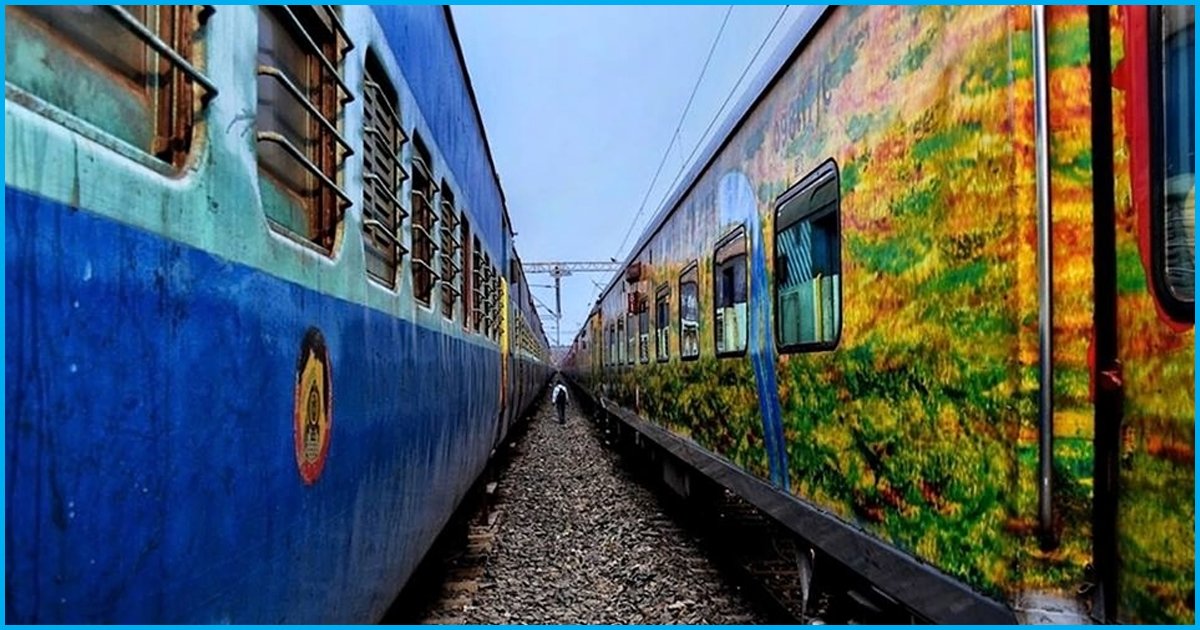
Railways Under-Reported Expenses By Rs 5,025 Cr To Make Pension Bill Look Smaller: CAG
16 March 2018 12:11 PM GMT
Indian Railways window-dressed its books and under-reported its operating costs to provide a better picture than the last fiscal year, a government audit has revealed.
With the motive of under-reporting its expense by Rs 5,025 crores for the financial year 2016-2017, the Railways made its pension bill look smaller than it was. If the actual expenditures had been input, the operating ratio would have crossed 99 percent in contrast to 96.5 percent shown in the books, as found in the latest report by the Comptroller and Auditor General.
“Thus Operating Ratio of 96.50 percent does not reflect the true financial performance of the Railways,” the report said.
Operating ratio is the terminology used in industries which requires a large percentage of revenues to maintain its operations, such as Rail Road. To be precise, it is the amount of money spent to earn every Rs 100. Thus, the lower the better.
A 100 percent Operating Ratio denotes zero financial viability in business.
The CAG report mentioned, “The Operating Ratio during 2016-17 had deteriorated to an all-time low since 2000-01 when it was 98.34 percent. Had the actual amount Rs 40,025.95 crore required to meet the expenditure on pension payments appropriated to the Pension Fund—Railways books had shown the figure as Rs 35,000 crore—the total gross working spending could have spiked to Rs 5,025.95 crore and the Operating Ratio to have touch the 99.54 percent mark.”
Throughout the audit report, CAG had doubted the transparency of the railway books, thus suspecting details of the value of the assets created either absent or not decipherable.
However, the CAG auditors did not find details of assets created or acquired with money borrowed from external sources, like Extra Budgetary Resources (Institutional Finance) in the balance sheets and Block Accounts (a type of books maintained by Railways for this.
“Audit observed that no disclosure for the assets (rolling stocks) acquired through funding from Indian Railway Finance Corporation and projects executed under Extra Budgetary Resources (Institutional Finance) were made in the Block Accounts and Balance Sheets. Assets Registers, Land and Building Registers etc. were either not maintained in the zonal railways and production units or maintained but not updated to reflect the true value of assets created,” it said.
As far as the stock of the core business of running trains is concerned, the CAG has established that the system of subsiding passenger through freight earnings continues and that around 85 percent of the profits from freight business was hived off to run the loss-making passenger segment during 2016-2017.
Addressing on how Railways set its fares, the CAG said, “The same should be set to recover the cost in a phased manner and to keep in mind rationality, flexibility and current market scenario.”
“There is hardly any justification for not fully recovering the cost of passenger services in case of AC 1stClass, First Class and AC 2-Tier. However, since one of the factors for non-recovering full cost from these classes could be an issue of free and concessional fare passes/ tickets to various beneficiaries in good numbers, this practice needs to be scaled down,” it further added.
 All section
All section













